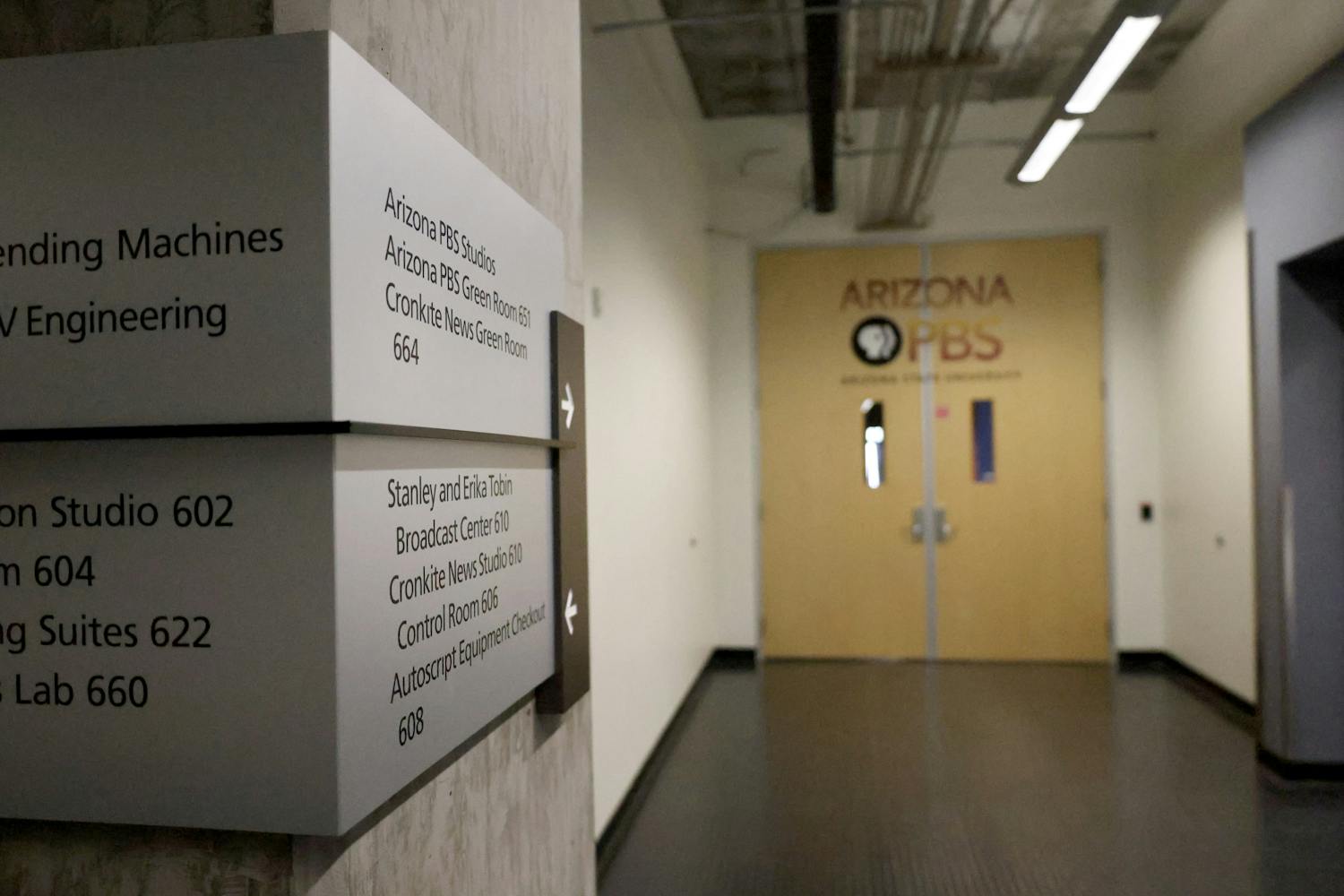ASU’s capital asset growth has astounded analysts and local residents for years. Aside from the university reaching over 100,000 students enrolled, its physical presence has also expanded at an uninterrupted rate under President Michael Crow’s tenure.
There have been debates in Arizona regarding the future of ASU and whether both its enrollment and capital worth should be allowed to rise unfettered in years to come. One consequence of this will be the university’s continued ability to lease land with special property tax configurations to private developers, such as happened with the Marina Heights Complex.
Another consequence will be the sheer size of ASU’s campuses, which continue to grow both horizontally and vertically. The more facilities and infrastructure constructed in the service of the university, the greater the cost of upkeep and maintenance. This means that not only will ASU be budgeting more for new construction, but it will also have to budget more simply to preserve and periodically renovate what already exists.
It is against this backdrop that ASU released last fall its Capital Improvement Plan 2019-2021, which lays out the university’s big project expenditures for 2019 and its priorities for 2020 and 2021 (costs of which to be determined).
2019: ISTB 7, renovating the Palo Verde dorms and a new Tempe parking structure
ASU’s three priority projects for 2019 will run the school roughly $218 million in capital improvement expenditures.
First on the university’s list is the Interdisciplinary Science and Technology Building 7, which will be constructed adjacent to the newly completed ISTB 6 near the intersection of University Drive and Rural Road. This $175 million project will be paid for by the university with some partial debt-financing by the State of Arizona Capital Infrastructure Fund, a fund created by the state legislature for the purpose of financing university projects.
Second, the university plans to renovate the Palo Verde East and West dorm buildings, which were built in the 1960’s and are in poor condition. This will cost roughly $13 million.
Finally, 2019 will see a new $30 million multi-level parking structure on the Tempe Campus at the southeast corner of University Drive and Mill Avenue. The plan describes the project as energy-efficient, with a rooftop solar panel system and 1,200 spaces.
2020 & 2021: A new biomedical research facility and extensive improvements
The two-year plan laid out for 2020 and 2021 is less than clear regarding cost details, as many of the projects are still in the planning phase. But given that the university has set its sights on 15 priorities across all the different campuses, we should expect a steep price tag.
For one, the university is planning another biomedical laboratory building that will be located somewhere on the Downtown Campus. The project doesn’t have a name yet, but according to the plan it assumes first priority for 2020 and 2021, meaning it will probably require significant expenditures.
Some other big items include university-wide facility enhancements, a new dorm at the Polytechnic Campus, a small multi-sport arena, and both a new parking structure and classroom space at the Downtown Campus.
Looking forward, ASU’s new construction and upkeep of current facilities will probably add more than $700 million to the school’s total capital asset value over the next three years, assuming the same amount of investment that has been typical in recent years ($271 million in 2017 and $261 million in 2016). It could be well above that number if ASU decides to invest heavily in new facilities like the coming downtown research facility and depending on the extent to which it fulfills the priorities for 2020 and 2021.
Reach the reporter at parker.shea@asu.edu or follow @laconicshamanic on Twitter.
Like The State Press on Facebook and follow @statepress on Twitter.




